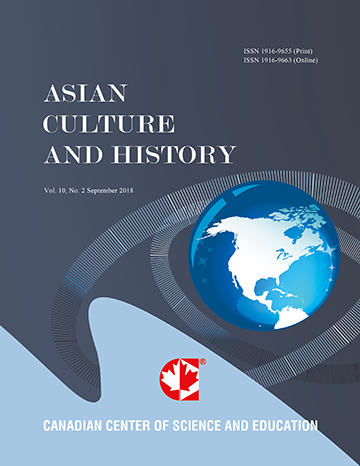Persian Cultural Schema of Ghesmat (Fate): The Role of Age and Education
- Salva Shirinbakhsh
- Abbass Eslamirasekh
- Mansoor Tavakoli
Abstract
Ghesmat (roughly could be translated as ‘fate’) is one of the ancient cultural schemas among the Persians. This study explores the schema of ghesmat in the lives of Persian speakers as reflected in their language use among people with different age and educational level. Having introduced the schema of ghesmat in Persian, data was collected by giving a discourse completion test (DCT) to the participants of the study who were randomly chosen. The results of the analysis of data revealed that Persians instantiated the cultural schema of ghesmat in different contextual circumstances of their lives. In addition, the use of this cultural schema was different among people with different age and education. It seemed young educated Persian speakers drew least on the schema whereas old uneducated ones mostly favored ghesmat schema. Finally the study discussed about the possible pattern for the distribution of cultural schemas.
- Full Text:
 PDF
PDF
- DOI:10.5539/ach.v3n1p144
Journal Metrics
Google-based Impact Factor (2017): 5.42
h-index (January 2018): 11
i10-index (January 2018): 21
h5-index (January 2018): 6
h5-median (January 2018): 9
Index
- Academic Journals Database
- CNKI Scholar
- COPAC
- EconPapers
- Elektronische Zeitschriftenbibliothek (EZB)
- Excellence in Research for Australia (ERA)
- Genamics JournalSeek
- Google Scholar
- Infotrieve
- LOCKSS
- MIAR
- NewJour
- Open J-Gate
- PKP Open Archives Harvester
- Publons
- RePEc
- Scilit
- SHERPA/RoMEO
- Standard Periodical Directory
- Technische Informationsbibliothek (TIB)
- The Keepers Registry
- Universe Digital Library
- WorldCat
Contact
- Ivan YongEditorial Assistant
- ach@ccsenet.org
